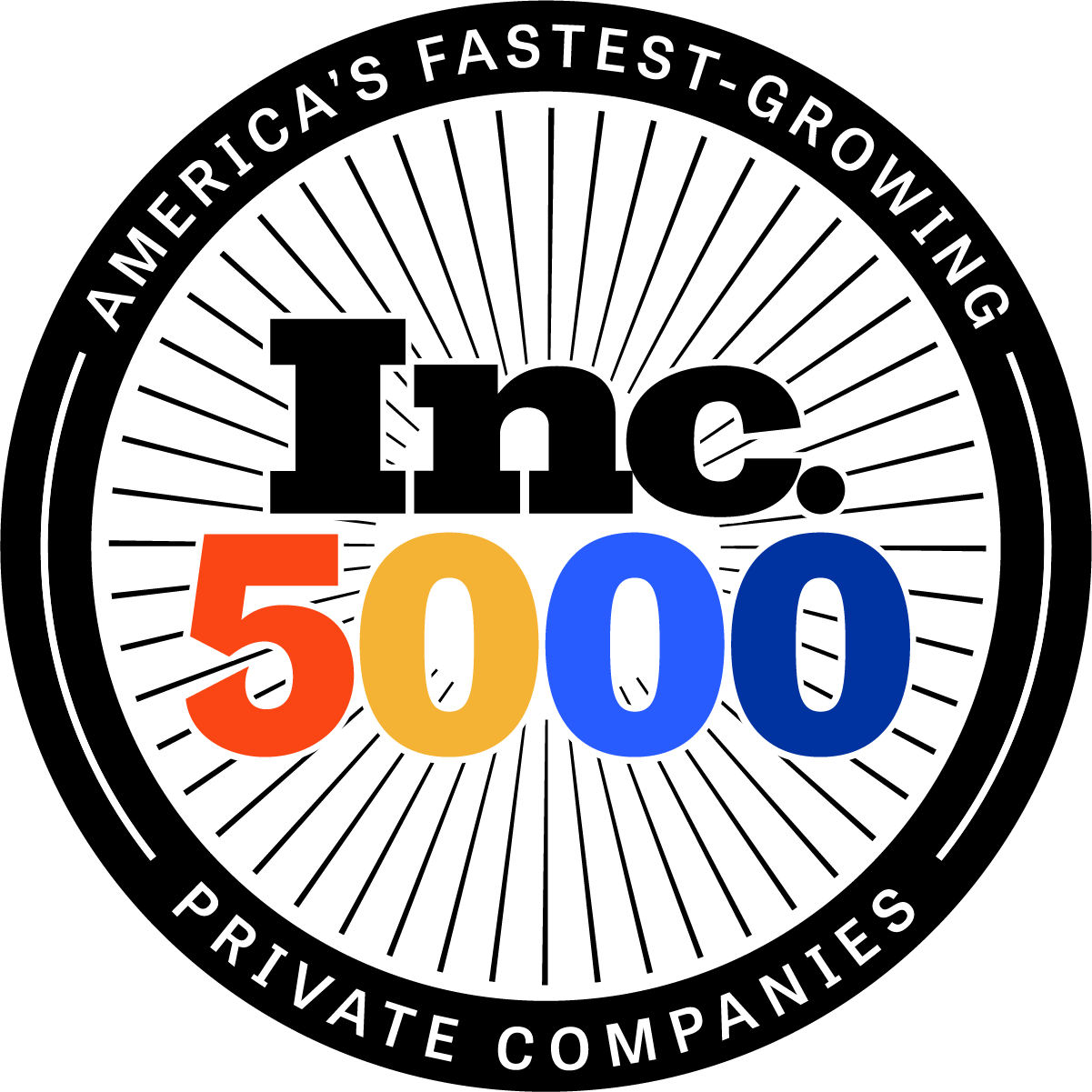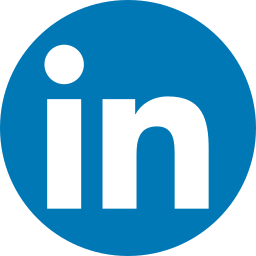Unlike traditional M&A or roll-up strategies, carve-out acquisitions require building a new company almost from the ground up, often with no HR infrastructure in place. The stakes are high, and missing early steps like properly setting up payroll, benefits, and compliance can quickly turn a strategic opportunity into a costly operational nightmare. On the other hand, with a proactive HR strategy and a trusted PEO partner by your side, you can navigate the transition smoothly and position your new workforce for future success.
Here are several key actions to help make it happen:
1. Conduct Thorough HR Due Diligence
While due diligence often includes evaluating vendors and estimating savings from potential headcount reductions, talent management due diligence should go much deeper when executing a carve-out. You should also answer key questions about how the new company (“NewCo”) will build and sustain its workforce. They include:
- How will NewCo hire, retain, and develop talent transitioning from the original company (“OldCo”)?
- Are there contracts, non-competes, or other restrictions to honor?
- Which employee benefits must be replicated or redesigned?
- Were there any HR compliance issues at OldCo, including any violations or audits?
- What’s the team’s culture, and how might it shift under NewCo?
- If OldCo used a PEO, can the PEO’s payroll, benefits, and HR compliance services be transitioned smoothly?
2. Set the Stage for HR Success After Closing
Carve-out acquisitions require a clear HR plan in place before closing and a defined roadmap for what will happen afterward. As discussed in our playbook, “HR Best Practices for Carve-Outs,” you can accomplish this via two possible options:
- Day 1 Management: Take full responsibility for HR from Day 1. This approach allows for strategic HR planning but requires more lead time.
- Execute a Transition Services Agreement (TSA): The seller continues to provide HR services for a limited time post-close (usually 30–90 days), giving you ample time to build out the HR infrastructure.
Whichever path you choose, you’ll need to build an HR strategy and implement it effectively. It’s just a matter of how much time you have to get there.
3. Establish Payroll Before Day 1
Employee pay is one of the most visible and emotional aspects of talent management. When employees aren’t paid accurately or on time, it can erode their trust and engagement. Moreover, payroll mistakes can be costly for businesses. For example, issuing an incorrect Form W-2 can lead to IRS penalties of $60 to $340 per employee, depending on how quickly the error is corrected and a new form is filed.
Fortunately, these penalties can be prevented by taking the following actions:
- Set up a new payroll system with the correct EIN and state tax accounts
- Choose a timekeeping system that fits the workforce
- Define pay cycles and approval workflows
- Train staff and communicate any payroll processing changes at least 30 days before close
Processing a bi-weekly paycheck involves more complexity than it seems, from taxes and compliance to operational accuracy. A PEO like Aspen HR can manage NewCo’s payroll process end-to-end, ensuring timely tax filings and error-free employee payments.
4. Design and Deliver Competitive Benefits from Day 1
Employees coming from larger organizations often become accustomed to robust and comprehensive benefits. If NewCo’s benefits plan feels like a downgrade, then attrition is a strong possibility. One study found that 78% of employees would consider leaving their job if the benefits package was inadequate. To prevent this occurrence amid a carve-out, be sure to do the following from Day 1:
- Analyze current provider networks and drug coverage
- Model how new benefit plans would affect employee take-home pay
- Ensure there are no coverage gaps during the transition
- Communicate clearly with employees about timing and plan details
5. Build a Robust HR Compliance Strategy Within 30 Days
A study by HR.com found that only 48% of HR professionals believe their company keeps up with HR compliance issues effectively. So, compliance gaps may still exist even if the business unit you’re acquiring comes from a large or well-established company. To avoid costly HR compliance penalties, establish clear HR policies and practices within the first month. Your PEO partner can provide the expertise and support needed to set a strong foundation, including:
- Developing an employee handbook that reflects federal, state, and local policies
- Defining job descriptions and aligning compensation bands
- Setting clear policies for time off, performance management, and terminations
- Ensuring compliance with state-specific requirements like minimum wage, break times, and other labor laws
6. Define the Desired Culture and Values Early
Carve-out acquisitions offer a rare opportunity to build a strong workplace culture from the ground up, but it won’t happen on its own. Success depends on having leaders who actively model the desired culture and champion NewCo’s values. According to McKinsey, organizations where leaders demonstrate the behaviors they want to see are 5.3 times more likely to achieve successful transformations.
To lay the foundation for a thriving culture, it’s essential to:
- Reflect on what worked (and what didn’t) within OldCo’s culture
- Work with NewCo’s leadership team to define core values and guiding principles
- Embed these new values into everyday HR practices
7. Employ a Proactive Communication Strategy
While employees are the most affected by a carve-out, they are among the last to know what’s going on and how it will affect them. To keep employees engaged and limit regretted turnover, your carve-out communication strategy should be:
- Early: Begin employee outreach as soon as the deal is announced
- Frequent: Hold regular town halls, share FAQs, and introduce key vendors
- Transparent: Be honest about what’s changing, why it’s happening, and what it means for employees
8. Invest in Ongoing Employee Development
Research from MIT found that within the first year of an acquisition, one-third of acquired employees left the company, compared to just 12% of regular hires. An excellent way to help reverse this trend is to demonstrate a commitment to employees’ long-term growth and development. Your PEO partner can help you accomplish this by creating and implementing an employee learning strategy that includes:
- Well-defined performance metrics and review cycles
- E-learning and upskilling programs to build new capabilities
- Manager training and coaching focused on goal setting and delivering effective feedback
Achieve Carve-Out Acquisition Success with Aspen HR’s PEO Solutions
Carve-outs are complex and high-stakes transactions, but they also offer a chance to build something better—from HR systems and policies to workplace culture and leadership. When done right, the HR function becomes a strategic lever for continued value creation.
Aspen HR is your full-service HR partner through every stage of the carve-out process. Our white-glove PEO services help you design and implement a talent strategy that ensures you’re ready to hire, develop, and retain top talent, before and after the deal closes. Connect with our team to discuss how we can support your success.
For additional insights, download your copy of “HR Best Practices for Carve-Outs”.








